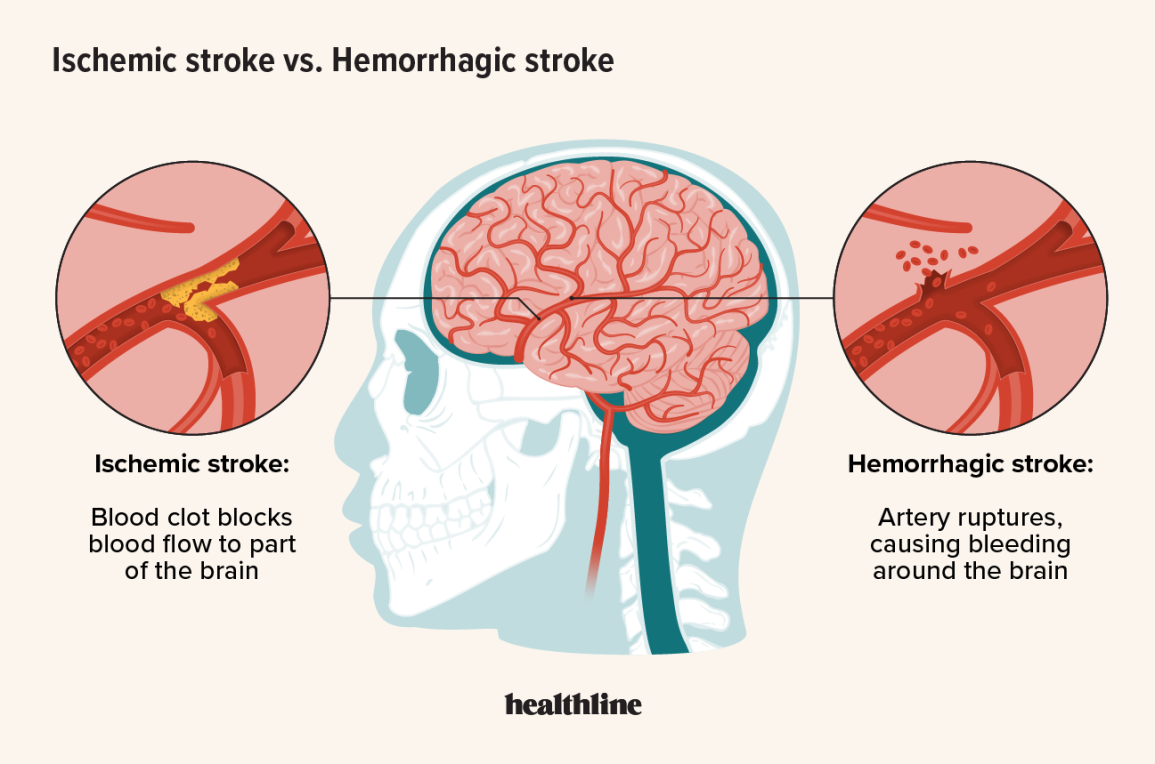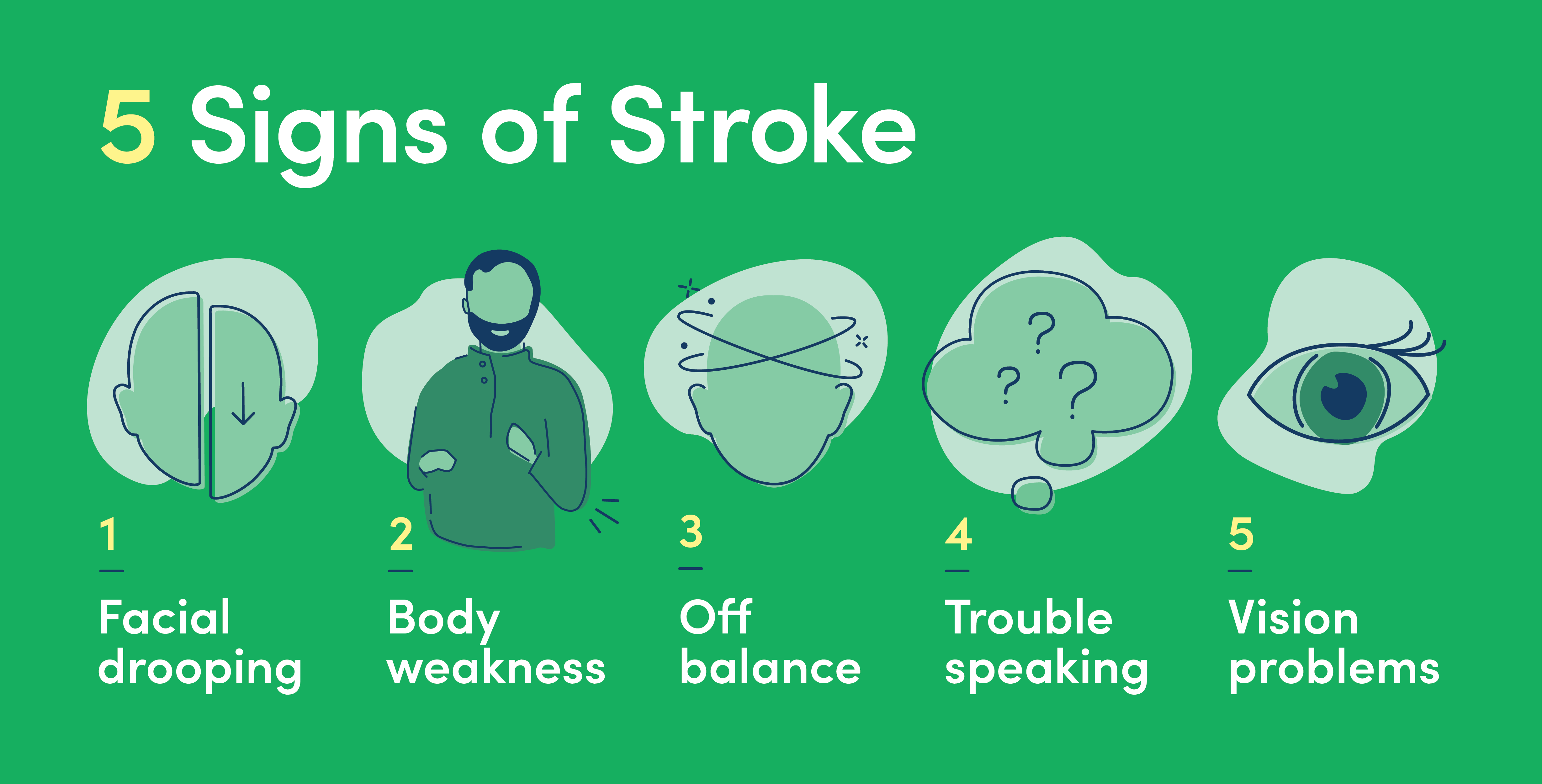World Stroke Day: Understanding Stroke Prevention and Management
October 29th marks World Stroke Day, a global initiative aimed at raising awareness about strokes, promoting preventive measures, and encouraging timely treatment. Stroke is a leading cause of death and disability worldwide, making it essential to understand its symptoms, risk factors, and prevention strategies.
What is a Stroke?
A stroke occurs when there is an interruption of blood supply to the brain, resulting in damage to brain cells. Strokes can be classified into two primary types based on their mechanism:
1. Ischemic Stroke: Caused by a blockage in a blood vessel (such as a thrombus) that leads to inadequate blood flow to the brain, accounting for approximately 87% of stroke cases.
2. Hemorrhagic Stroke: Occurs when a blood vessel ruptures, causing bleeding in the brain; this type is less common but associated with a higher mortality rate.

Common Symptoms of Stroke
Recognizing the early signs of a stroke is critical for prompt medical intervention. Common symptoms include:
- Sudden onset of numbness or weakness in the face, arm, or leg, particularly on one side of the body.
- Sudden confusion or difficulty speaking and understanding language.
- Sudden trouble seeing in one or both eyes.
- Sudden severe headache with no known cause, which may be accompanied by vomiting or loss of consciousness.

Risk Factors for Stroke
Identifying risk factors for stroke can help guide preventive measures. Major risk factors include:
Hypertension: The primary risk factor for stroke.
Diabetes: Poorly controlled diabetes significantly increases stroke risk.
Hyperlipidemia: Elevated cholesterol levels contribute to atherosclerosis and increase the likelihood of stroke.
Smoking and Alcohol Consumption: Both are significant risk factors for stroke.
Obesity and Physical Inactivity: Lifestyle choices are closely linked to stroke risk.
Family History: A family history of stroke can elevate individual risk.
Preventive Strategies for Stroke
1. Adopt a Healthy Lifestyle:
- Follow a balanced diet rich in fruits, vegetables, and whole grains while reducing salt and sugar intake.
- Engage in regular physical activity, aiming for at least 150 minutes of moderate-intensity exercise each week.
2. Regular Health Screenings: Monitor blood pressure, blood glucose, and lipid levels, and consult healthcare providers about strategies for risk reduction.
3. Cessation of Tobacco Use and Moderation of Alcohol: Quitting smoking greatly reduces stroke risk, and alcohol should be consumed in moderation.
4. Management of Chronic Conditions: Regular follow-up with healthcare providers for the management of hypertension, diabetes, and other relevant conditions is essential.

Response to Stroke
If you or someone nearby exhibits symptoms of a stroke, it is imperative to call emergency services immediately. Time is critical; prompt treatment can significantly enhance survival and recovery outcomes.
Conclusion
World Stroke Day serves as a reminder to raise awareness about the dangers of stroke and to promote preventive measures. By understanding the symptoms, risk factors, and prevention strategies associated with stroke, we can protect our health and support the well-being of our families and communities. Let’s unite in efforts to reduce the incidence of stroke!
Related Immunoassays
- Cardiac Markers
-
Tumor Marker
-
PGII
-
G17
- CA50
-
CA125
- CA242
-
CA15-3
- CA19-9
- CA72-4
-
Pepsinogens I (PGI)
-
Human Epididymis 4 (HE4)
- Prostate-Specific Antigen (PSA)
- Squamous Cell Carcinoma (SCC)
- Neuron-Specific Enolase (NSE)
- Cytokeratin 19 Fragment (CYFRA21-1)
- Human Progastrin-releasing Peptide (ProGRP Tumor Marker)
- Protein Induced by Vitamin K Absence or Antagonist-II (PIVKA II Tumor Marker)
- Alpha-fetoprotein(AFP)
-
CEA
-
Human Chitinase 3-like 1
-
PGII
- Inflammatory Marker
- Infectious Disease
- Hormones
- Thyroid Function
- Glucose Metabolism
- Bone Marker
- Others
-
Heterophilic Blocking Reagent
- Animal Diagnostics

















